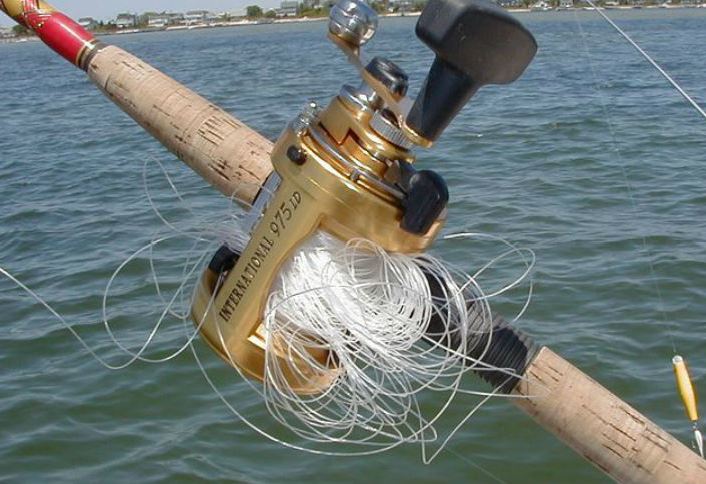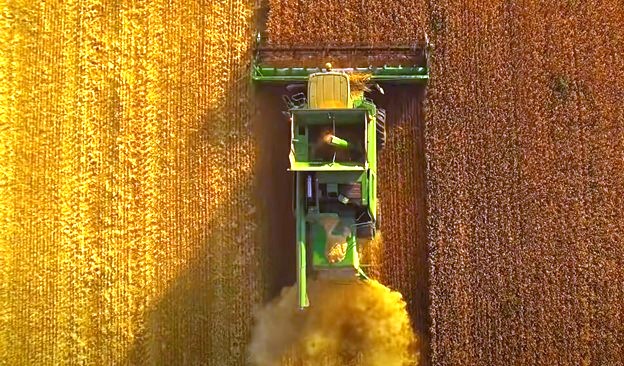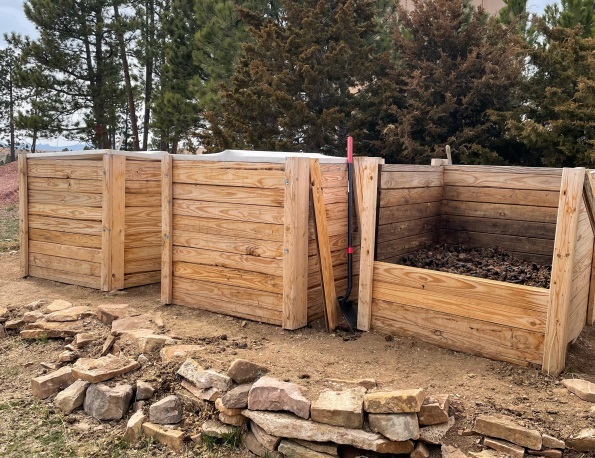November 2022 Newsletter

Learning by Doing (and Making Mistakes)
By Peter Moon
I've been an "Organics Engineer" for over 33 years and when it comes to composting, I'm pretty much at the learning stage where "I don't know what I know". As we approached our November newsletter, we were scheduled to discuss "Rule 9: It's Critical to Make Mistakes" and I couldn't help but think about how this rule applies to me in my personal life.
Five years ago, my wife and I moved to Edmonds, Washington, a small town located on Puget Sound. Two years ago, we joined a boat club (The Freedom Boat Club). The challenge was that neither of us had any real boating experience. Sure, we had been on a friends' boats over the years, but we had never been responsible for the boat or the outcome of a boating adventure.
Read the full article on our Blog.
Composting 101
RULE 9 - It's Critical to Make Mistakes
But Small Mistakes are Better than Large Ones
The First Corollary of Rule 9: “Experience is what you get when you don’t get what you want”.
The Second Corollary of Rule 9: If it’s worth doing, it’s worth doing poorly – at first”
To learn to compost one must compost (see Rule 2). Developing a good compost mix and adjusting the rate of aeration (i.e., frequency, duration and volume of airflow) is largely a trial and error process. I believe that figuring out what doesn’t work is considerably more important than figuring out what does work.
Composting is all about working within acceptable ranges (see Rule 7), and as long as we stay within these ranges, the process tends to sort itself out in the end. Pushing the limits on these ranges (C:N, bulk density, moisture content and airflow) to the point where the composting process doesn’t work has reinforced my respect for these ranges.
The following is a quick story to emphasize this point.
I lived on five acres outside of Snohomish, Washington, a small town on the “rural fringe”. I constructed several prototype compost systems and tested them with every variety of organic waste that I can get my hands on.
Back in 2008, a friend of mine and I filled one of my Micro-Bins with a mix of about 1 cubic yard of separated dairy manure, 1 cubic yard of horse manure, and 600 pounds of salmon (if you are wondering, that’s a lot of salmon). I’m guessing that the C:N of this mix was somewhere south of 10:1 (very high nitrogen). I fully expected this batch to have a strong odor so I took precautions to cover and ventilate the top of the pile and treat the off-gases in a biofilter. Unfortunately, I didn’t make the biofilter large enough and let’s just say that my backyard smelled like low tide for about a week.
During the more than 20 years that my wife and I lived on those five acres we had seen a lot of wildlife, but that week – for the first time – we saw a bear. It was the talk of the neighborhood. It’s also interesting to note that we haven’t seen a bear since. My neighbors know me pretty well and were kind enough not to complain. However, they did ask, “What do you have going on over there this time?”, which leads me to …
The Third Corollary of Rule 9: “Don’t stink up the neighborhood”
Regenerative Composting - Part 4
Changing Paradigms
This thought-provoking video first aired last year on Tom's Outdoors YouTube channel. “Changing Paradigms” explores the power of regenerative agriculture in improving the natural environment, human health, and reliable profit in sheep farming. The video's opening statement is quite an attention grabber: “ … there’s almost 98% agreement amongst thousands of scientists, which is very rare, that we may have one generation, 25 years, to turn this around or we’ll have a runaway earth and human’s will become extinct. That’s how serious this is." We invite you to take a listen ...

O2Compost Q&A
Cold Weather Composting
"How does the O2Compost system perform during cold weather months?"
ANSWER: Our aerated compost systems generally work quite well under extreme cold conditions. However, your success at composting 12 months each year is predicated on several factors, including:
- The volume of the mix being composted and the configuration of the bins/bays (i.e., the surface area to volume ratio);
- Placing a 6" to 12" cover of finished compost on top of the raw mix;
- The R-Value of the containment walls; and
- The amount of "heat-energy" in the mix (i.e., types and quantities of nitrogenous materials).
During periods of cold weather, we also want to reduce the On-time of the blower so as to not cool the pile excessively or dry it out. Cold air is typically very dry and it has a very high moisture holding capacity, meaning that if we over aerate we'll dry the pile out and composting will come to a screeching halt.
New Micro-Bin System

Owner: Ann & Tom S.
Location: Keystone, SD
ON OUR WEBSITE
|






